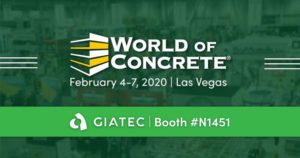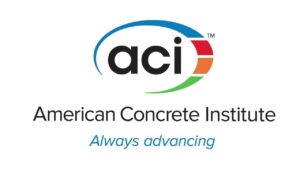With concrete being one of the most popular construction materials used by engineers and professionals worldwide, it is easy to assume that this widespread material, so seemingly pedestrian, must be straightforward and singular, with no hidden secrets. However, the reality of the matter is that making it requires managing complex parameters that can differ from one batch to the next. That is to say, the desired consistency of cement varies from company to company and project to project, and so producers must tweak their cement additives in order to meet their particular needs.
Until now, concrete has been typically enhanced with varying amounts of different additives, and so as one could imagine, the process can become tedious, time-consuming and costly until the ideal mixture is found.
Researchers at The École Polytechnique fédérale de Lausanne (EPFL) have developed a new additive that has the ability to give concrete mortar as well as cement the desired consistency all in one. Made of inorganic material, this additive can also expand the lifetime of buildings. With a start-up called Nonogence having been recently created in order to develop and market this innovation, it will be before long that it will take a single step for producers to set up the properties of their construction materials (i.e., concrete) and further improve the properties once hardened.
It was discussed by researchers that since this additive is inorganic (or carbon-free), it eliminates the porosity problem that can lead to the deterioration of concrete. The issue with porosity with respect to concrete is that moisture and carbon links can seep into any cracks between the metallic reinforcing structures and the debris in the cement. The additive further boosts the hardness of the material which means that buildings can be built with thinner walls, thus using less concrete for their projects and saving on material costs.
How does it work?
Kumar Abhishek, CEO of Nanogence, developed the basic idea behind this innovative additive following an in-depth look at concrete’s nanoscopic structure that he acquired during his thesis. He then used nanotechnologies in order to develop chemical substances aimed at improving concrete properties. These recipes, however, must remain in the vault!
In the summer of 2016, Kumar has now launched his start-up and is currently in talks with two major European concrete producers. With production of a compound, specifically for the white concrete application being kicked off, this market is presently targeted at high-end interior designs; however, Kumar does not plan to end there! He is also in the process of developing a new additive that will improve concrete’s thermal insulation. Great work, Kumar!


